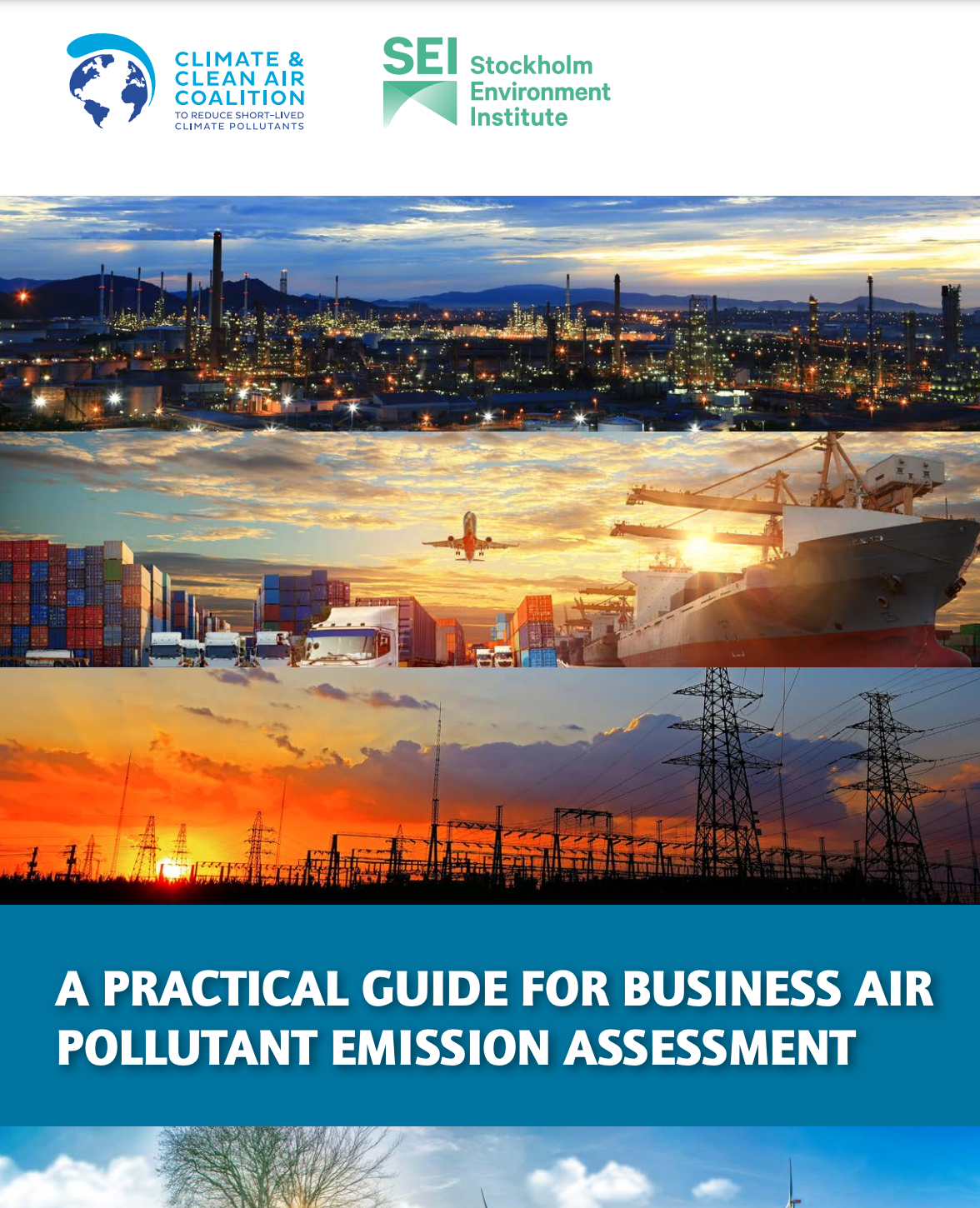Library | SDGs
GOAL 11: Sustainable Cities and Communities
Refine
75 results
REFINE
SHOW: 16


Adapt now: A global call for leadership on climate resilience
The report highlights the urgent need for global climate adaptation. It presents evidence and solutions across key sectors—food, water, infrastructure, cities, and finance—emphasising economic benefits, social equity, and environmental preservation. This call to action seeks transformative planning, finance mobilisation, and inclusive leadership for a resilient future.
Screening for responsible investment in agriculture and food systems: Guidance and tools for government officials
This report provides guidance for government officials on screening investments in agriculture and food systems to ensure responsible practices. It outlines due diligence processes to assess investors, potential risks, and benefits while promoting sustainable development. The toolkit includes adaptable screening tools to identify responsible projects and enhance transparency in investment decisions.
Infrastructure for a climate-resilient future
The report outlines the critical role of climate-resilient infrastructure in addressing the increasing impacts of climate change. It emphasises the need for integrated planning, financing, and the adoption of nature-based solutions to enhance infrastructure resilience. The report also highlights the economic benefits and policy recommendations for building robust infrastructure systems globally, especially in developing countries.
A practical guide for business: Air pollutant emission assessment
This guide provides businesses with a framework to quantify air pollutant emissions along their value chains. It offers methodologies for assessing emissions from key sources such as electricity, fuel combustion, and transportation, helping businesses reduce pollutants and support better health outcomes and environmental sustainability.
Drivers of change: Meeting the energy and data demands of AI adoption in Australia and New Zealand
The report explores the energy challenges posed by AI adoption, highlighting concerns among IT managers about increased energy consumption and uncertainty regarding its impact on sustainability. The research underscores the need for enhanced energy efficiency and green energy solutions to meet ESG goals without hindering AI deployment.
Regenerative development and design
The report explores the necessity and principles of regenerative development, aiming to create thriving living systems that evolve toward greater health and vitality. It emphasises aligning human actions with natural systems, integrating ancient wisdom with modern science, and fostering holistic, co-creative partnerships between people and the planet for sustainable and thriving futures.
2024 XDI Asia-Pacific real estate investment trust physical climate risk report
This benchmark report assesses the vulnerability of 2,134 assets across 20 APAC REITs to climate risks. By 2050, nearly 10% of properties face high risk, particularly from coastal inundation and flooding, highlighting significant financial implications for investors and the urgent need for adaptation strategies.
Catalytic capital: A key to aligning infrastructure investments with climate mitigation in emerging markets
This report provides a roadmap for directing more institutional capital toward climate infrastructure financing in emerging markets. It identifies the importance of using catalytic capital and outlines four themes crucial to its effective use: targeting, speed, support, and analysis. The report offers recommendations for how to address climate challenges through targeted catalytic interventions.
Measuring what matters: Australia's first well-being framework
Measuring What Matters is Australia's first wellbeing framework, published in July 2023 by the Commonwealth of Australia. It seeks to deepen our understanding of how Australians are faring beyond traditional economic indicators. The framework includes 50 wellbeing indicators under the themes of healthy, secure, sustainable, cohesive, and prosperous societies.
2024 XDI gross domestic climate risk report
The 2024 XDI report ranks over 2,600 regions worldwide according to the projected damage to the built environment from extreme weather and climate change, including floods, wildfires and sea-level rises, and which of these regions are likely to see the largest escalation in damage from 1990 to 2050.
FERC's failure to analyze energy market forces: Risks to ratepayers, landowners and the overall economy
This report shows the Federal Energy Regulatory Commission (FERC) is failing to analyse vital energy market forces that should underpin assessment of new interstate gas pipelines. The research shows FERC’s decisions regarding these pipelines can impose unjustified costs on captive customers in the form of expensive and long-term contracts, and harm landowners and the wider economy.
Climate endgame: Exploring catastrophic climate change scenarios
This report explores the potential for worldwide societal collapse and human extinction due to anthropogenic climate change. It argues that this topic has not been given enough consideration despite existing evidence of catastrophic outcomes. The proposed research agenda seeks to understand the likelihood and mechanisms of such events and their implications for policy.
Prosperity without growth: The transition to a sustainable economy
The authors of this report argue that society's pursuit of economic growth has been detrimental to the environment and economic sustainability. The report challenges traditional thinking around the benefits of growth and argues for a new macro-economics for sustainability.
Disrupting privilege as power and control: Re-imagining business and the appreciation of Indigenous stewardship in management education curricula
This report explores privilege's systemic connection to mainstream management education and proposes how engaging with Indigenous stewardship can tackle this. Using a case study of stewardship's implementation in a Master of Commerce program, educators can contribute to literature on re-imagining business and create better future business leaders.
Dhawura Ngilan: A vision for Aboriginal and Torres Strait Islander heritage in Australia
Dhawura Ngilan (Remembering Country) is a vision statement outlining aspirations for the protection, preservation, and celebration of Aboriginal and Torres Strait Islander heritage in Australia. The report emphasises the importance of Indigenous communities' involvement in heritage management and calls for consistent policies and legislation across jurisdictions.
The investor’s guide to hazardous chemicals: An introduction to harmful substances, ChemScore and the Investor Initiative on Hazardous Chemicals (IIHC)
The investor guide to hazardous chemicals explains the dangers of chemical pollution, how to identify companies with high chemical footprints, and the tactics that investors can use to engage with these firms. The report also presents the 2022 ChemScore rankings, and a list of questions to ask chemical companies.















